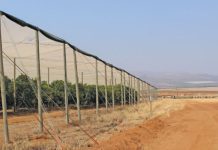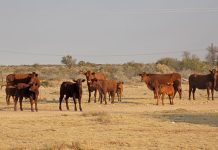The demand for vulture parts in traditional medicine is a significant threat to South African vultures, say Ezemvelo KwaZulu-Natal Wildlife and the Birds of Prey working group of the Endangered Wildlife Trust (EWT). This threat comes against the backdrop of other threats to the birds, including habitat loss, power-line electrocutions, collisions with man-made structures, and direct or indirect poisoning.
“The endemic Cape vulture population has declined by 60% to 70% in the last 15 years in eastern SA,” said Steve McKean, a resource use ecologist with Ezemvelo. “Bearded vulture numbers have declined from an estimated 200 breeding pairs to 100 pairs in the same period. Of the seven species of vulture in KwaZulu-Natal, one is locally extinct and the numbers of five of the other six are declining in the province.” Vulture parts are believed to give users clairvoyant powers, foresight and increased intelligence. It’s estimated that 160 vultures produce about 59 000 vulture parts, which are sold every year in SA. The total annual value of dead vultures is estimated at about R1,2 million.
“The estimated 1 250 vulture hunters – and traditional medicine traders and traditional healers – in KwaZulu-Natal, Eastern Cape, Lesotho and southern Mozambique, kill the vultures with shotguns, poison and traps,” said André Botha of EWT’s Birds of Prey working group. “Poisoning is the most destructive method of harvesting because large numbers of the birds are usually killed in one poisoning event,” he added. Ezemvelo spokesman Jeff Gaisford, warned that humans consuming traditional medicines containing poisoned- vulture parts are in danger of becoming very ill, or even dying. – Lloyd Phillips.
Contact Steve McKean on (033) 239 1512 or e-mail [email protected].
Issue date: 25 January 2008








